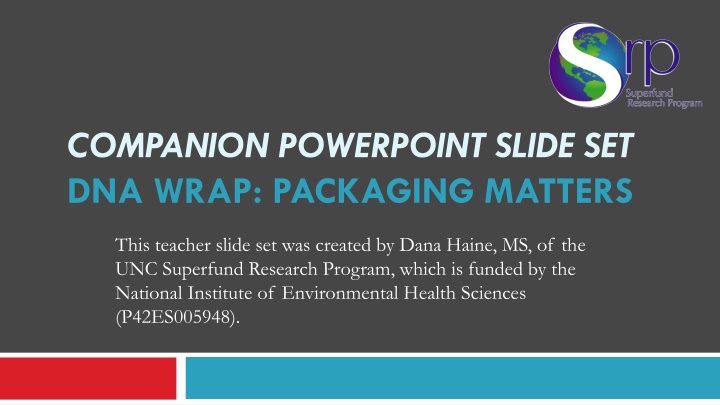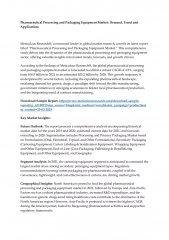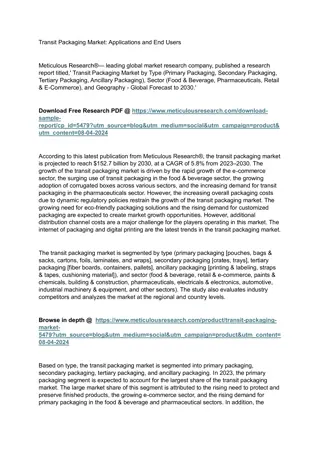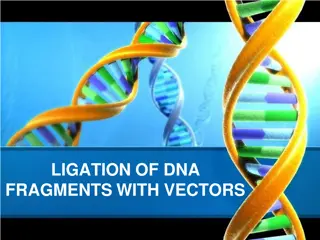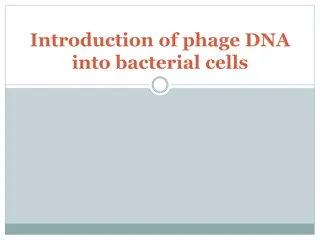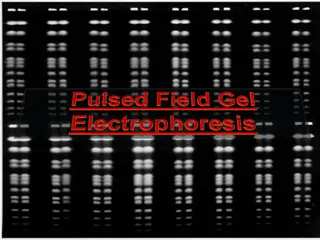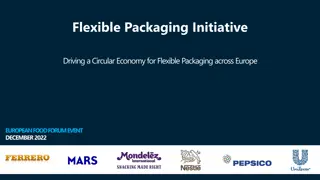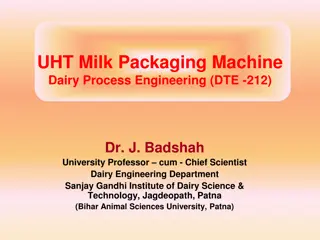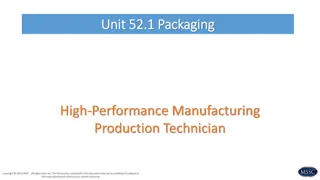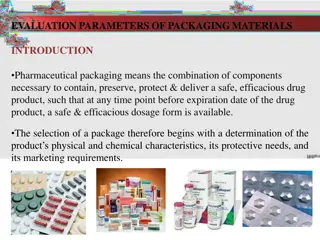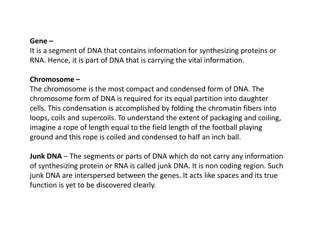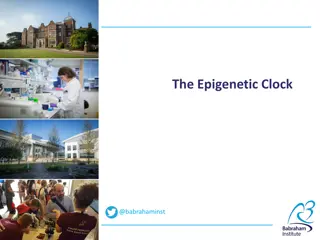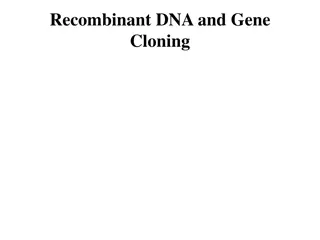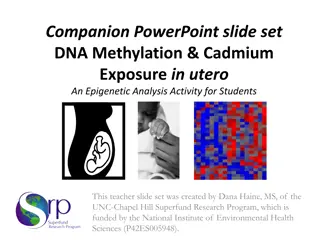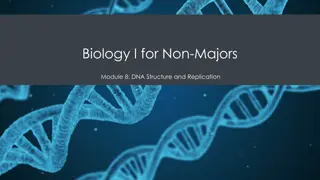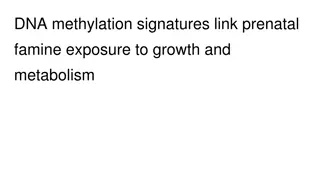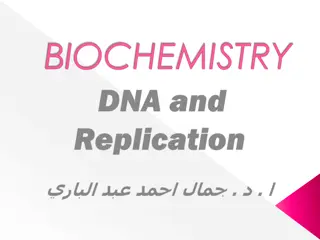DNA Packaging and Epigenetic Mechanisms
Uncover the intricate world of DNA packaging and epigenetic mechanisms through this teacher slide set by Dana Haine, MS. Explore the significance of condensed chromatin, histone modifications, and DNA methylation in gene expression. Delve into the realm of epigenetics, understanding how external factors influence gene expression and inheritance. Discover the fascinating interplay between genetics and environment, shaping diverse phenotypes from the same genes.
Download Presentation

Please find below an Image/Link to download the presentation.
The content on the website is provided AS IS for your information and personal use only. It may not be sold, licensed, or shared on other websites without obtaining consent from the author.If you encounter any issues during the download, it is possible that the publisher has removed the file from their server.
You are allowed to download the files provided on this website for personal or commercial use, subject to the condition that they are used lawfully. All files are the property of their respective owners.
The content on the website is provided AS IS for your information and personal use only. It may not be sold, licensed, or shared on other websites without obtaining consent from the author.
E N D
Presentation Transcript
COMPANION POWERPOINT SLIDE SET DNA WRAP: PACKAGING MATTERS This teacher slide set was created by Dana Haine, MS, of the UNC Superfund Research Program, which is funded by the National Institute of Environmental Health Sciences (P42ES005948).
Same genes, different phenotypes http://www.pbs.org/wgbh/nova/assets/img/posters/epigenetic-mice-in.jpg NOVA s A Tale of Two Mice: Chapter 1
Condensed Chromatin Hydrogen Bonds (between bases) Decondensed Chromatin Nucleotide (consists of a base, a 5-carbon sugar, and a phosphate group) Phosphodiester Bond (between adjacent nucleotides) http://commons.wikimedia.org/wiki/File:Chromosome.gif
What is Epigenetics? 4 Refers to changes in gene expression caused by mechanisms other than changes in the underlying DNA sequence. Enables a cell/organism to respond to its dynamic external environment during development and throughout life! Epigenetic changes to the genome can be inherited if these changes occur in cells giving rise to gametes
Two Epigenetic Mechanisms 1. DNA Methylation 2. Histone Modifications
1. Histone modification 6 If the way that DNA is wrapped around the histones changes, gene expression can change as well. Histone Modification http://ehp.niehs.nih.gov/wp-content/uploads/2012/09/WP_Focus_2_Title_web.png
2. DNA methylation 9 The addition of methyl groups to DNA, mostly at CpG sites, to convert cytosine to 5-methylcytosine. 3 5 SAM C G T A C A C G A C A C G A T G C A T G T G C T G T G C T A 5 3
DNA Methylation leads to gene silencing Target gene expressed in normal cell Normal State RNA pol TF Target gene expressed Promoter Target gene inactivated by DNA methylation Epigenetic Modification TF Target gene not expressed X Promoter
1) Changes to DNA Methylation leads to gene silencing Target gene expressed in normal cell Normal State pol e.g., tumor suppressor gene RNA TF Target gene expressed Promoter Target gene inactivated by hypermethylation Disease State arising from Epigenetic Modification TF Target gene not expressed X Promoter
2) Changes to DNA Methylation leads to gene activation Target gene silenced by methylation Normal State TF e.g., oncogene Target gene not expressed X Promoter Target gene activated by hypomethylation RNA pol Disease State arising from Epigenetic Modification or demethylation TF Target gene expressed Promoter
How did these mice become different? http://www.pbs.org/wgbh/nova/assets/img/posters/epigenetic-mice-in.jpg NOVA s A Tale of Two Mice Chapters 2 &3
Experiment: Does maternal diet influence expression of the Agouti gene? Female mice were fed genistein, the major phytoestrogen in soy, before and during pregnancy. Genetically identical offspring exhibited varying coat colors.
Environmental epigenomics and disease susceptibility Randy L. Jirtle and Michael K. Skinner Nature Reviews Genetics 8, 253-262 (April 2007) http://www.nature.com/nrg/journal/v8/n4/fig_tab/nrg2045_F2.html
Conclusions Read the authors conclusions and with a partner discuss how these conclusions could be relevant for humans. Genetic Science Learning Center, University of Utah
Conclusions Diet, especially during pregnancy, can influence our epigenome and ultimately determine our susceptibility to cancer and disease. Genetic Science Learning Center, University of Utah
